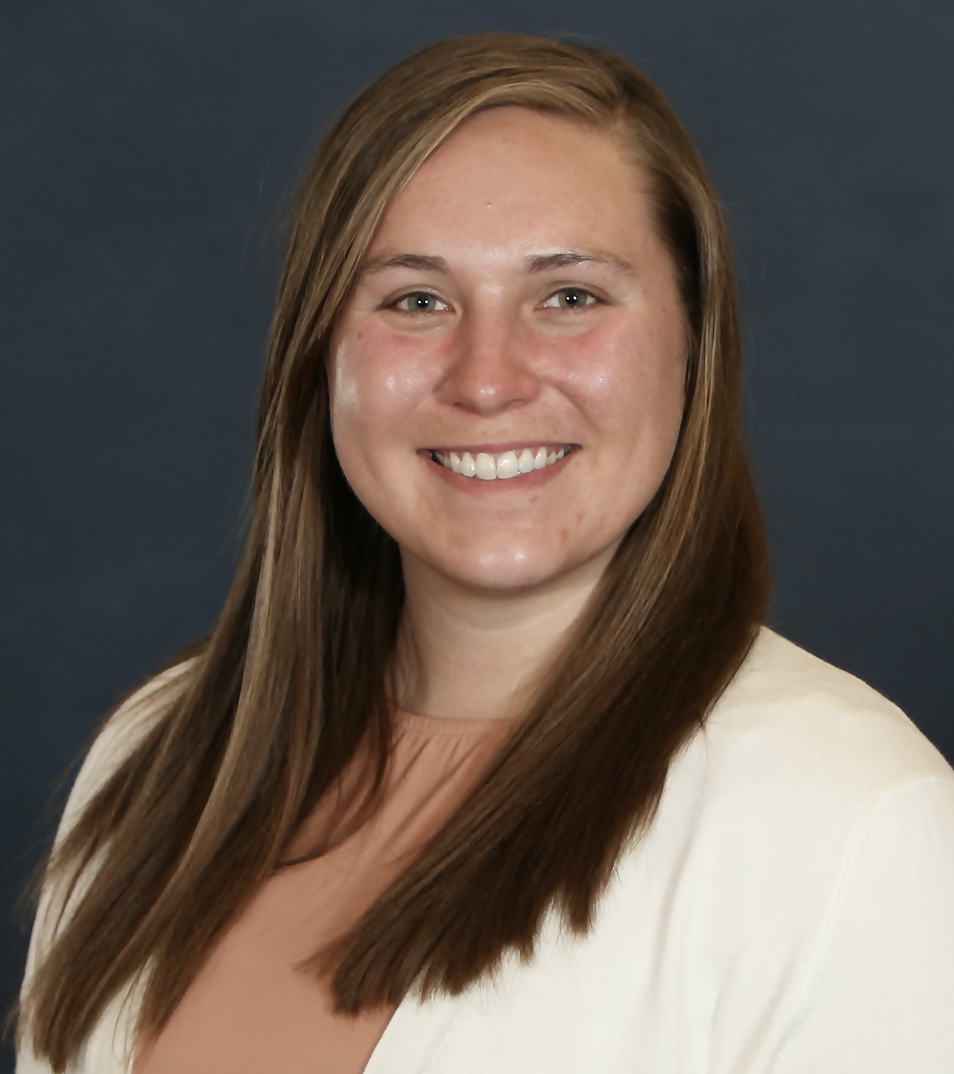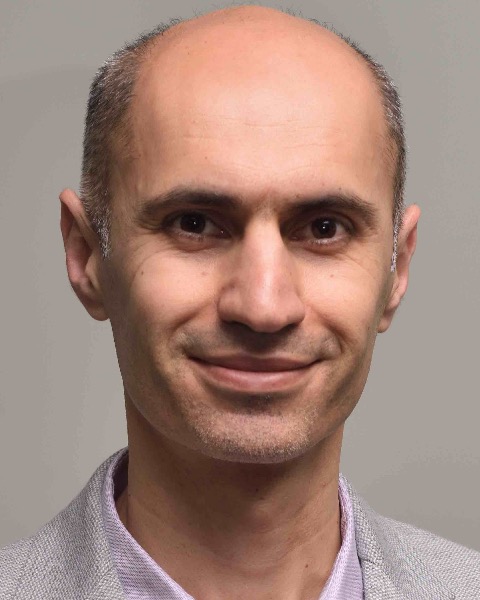Biomechanics
Biomechanics - Poster Session B
Poster P8 - Design and Fabrication of an Asymmetric Three-Dimensional Neonate Lung Model to Study Surfactant Transport in Cyclic Breathing Conditions
Thursday, October 24, 2024
2:45 PM - 3:45 PM EST
Location: Exhibit Hall E, F & G

Hannah Combs
Graduate Research Assistant
The University of Akron
Spencer, Ohio, United States
Hossein Tavana, PhD (he/him/his)
Department Chair/ Professor
University of Akron, Ohio, United States
Presenting Author(s)
Primary Investigator(s)
Introduction:
Introduction: Neonatal Respiratory Distress Syndrome (NRDS) affects pre-term infants with underdeveloped lungs. Insufficient amounts of pulmonary surfactant in NRDS results in high surface tension forces in alveoli, leading to potential lung collapse. Treatment for NRDS involves intratracheal delivery of an exogenous surfactant known as surfactant replacement therapy. The treatment aims to form a surfactant plug in the trachea and distribute it downstream using forced air, continuously splitting the plug(s) in airway bifurcations and deliver surfactant to alveoli. The alveoli are critical sites for gas exchange, ensuring the oxygenation of blood. Achieving a uniform distribution of the instilled surfactant is critical for maximizing gas exchange and restoring proper respiration. However, the inability to safely image pre-term infants’ poses challenges in evaluating treatment success directly. Therefore, this study aims to develop a 3D physiologic neonate lung airway model and investigate the distribution of instilled surfactant in airways.
Materials and
Methods: Materials and
Methods: An eight-generation, 3D, asymmetric lung airway model was designed in SolidWorks and fabricated using stereolithography (Formlabs, INC) with a semi-transparent, rigid material (Clear V4 resin). The model was cleaned thouroughly by agitating in an isopropyl alcohol bath and soaking for 24 hours. Prior to experiments, each model was rendered hydrophilic using oxygen plasma (Harrick Plasma) and the inside of the airway was pre-wet using distilled water. For two aliquot delivery, the models were placed in the supine position simulating an infant laying on their back. A 140 μL plug of Infasurf surfactant (ONY, Inc) was instilled in the trachea (airway generation z=0) and propagated using forced air from a syringe pump (Chemyx) at a Capillary number of Ca=0.016 to represent physiologic flow. Following propagation, the residual plugs that remained in the airways were lightly suctioned to clear the airways of obstruction. Then a second 140 μL was propagated through the model over an already surfactant coated surface. The propagation of the plugs was recorded at 25 fps using four cameras from the front, side, top, and bottom views. For cyclic surfactant experiments, a single airway tube was placed inside a chamber and a 50 μL plug of Infasurf surfactant was instilled and propagated using forced air. A latex balloon was secured to the end of the airway tube to simulate the alveoli and allow for the cyclic motion of the plug.
Results, Conclusions, and Discussions: Results and
Discussion: We designed an asymmetric neonatal lung model from morphometric data of human adult lungs, including length, diameter, tapering of airways, rotation of airways in the gravitational space, and bifurcation angle between airways (Figure 1a). We scaled the measurements of each airway from an adult lung to a neonate lung using a scaling factor developed by dividing the diameter of the neonate trachea (3.5 mm) by the diameter of the adult trachea (20.0 mm). Using these dimensions, we constructed an eight-generation airway tree in SolidWorks and used the computational model to successfully fabricate a physical, 3D printed lung model (Figure 1b). We then placed the first aliquot of Infasurf surfactant in the trachea and propagated it through the airways. We quantified the volume of surfactant plugs in individual airways and constructed heat maps displaying the distribution of Infasurf to travel from the trachea to the fifth generation. Similar techniques were completed for the second aliquot and heat maps were used to show the comparison between the distribution of the first and second aliquot (Figure 2). We found that in the supine position, aliquot 1 divided relatively evenly between all five lobes, however, the second aliquot contained significant plug stalling in airway generations 2-3. This compromised meaningful quantification for aliquot 2 and to overcome this limitation we designed a cyclic breathing chamber. We conducted preliminary experiments by placing a single airway tube with a latex balloon capping the terminal end of the airway inside the chamber (Figure 3a). A liquid plug was propagated through the airway and a pressure gauge was used to record the change in pressure inside the chamber during cyclic breathing (Figure 3b).
Conclusions: We successfully designed a 3D asymmetric neonatal lung model. Our semi-transparent eight-generation lung model will guide future studies to successfully quantify the distribution and efficiency of surfactant transport through the airways during cyclic breathing.
Acknowledgements (Optional): Acknowledgements: Financial support from NSF grant 1904210.
